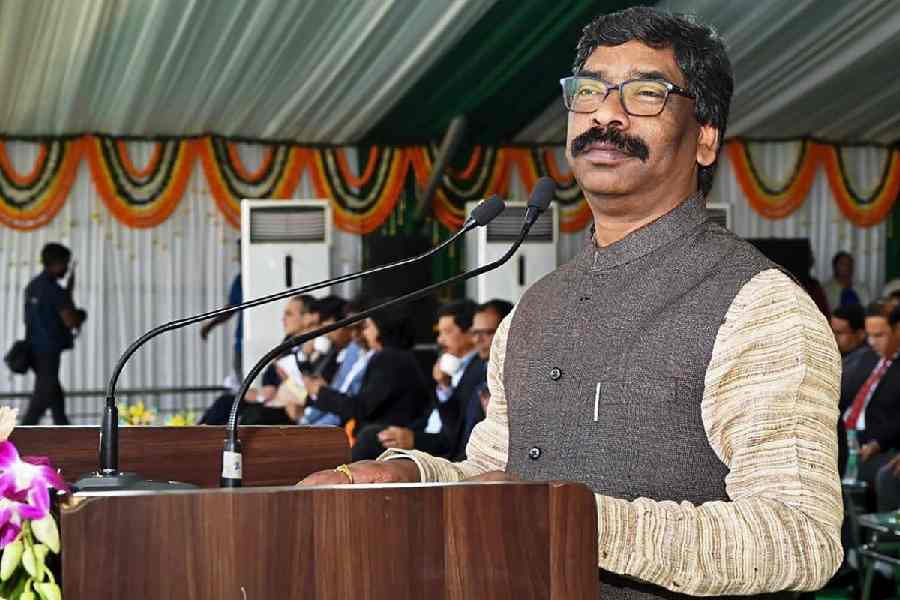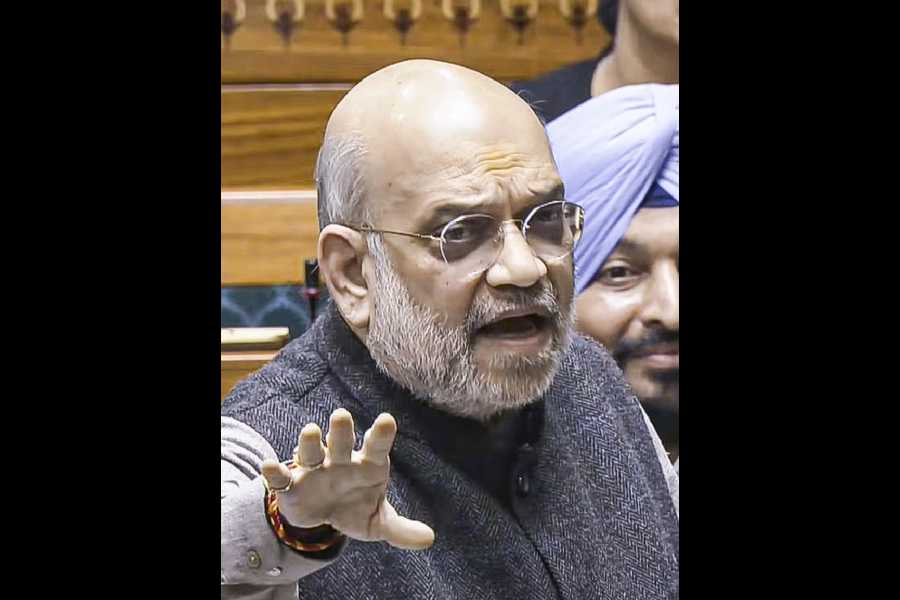Ahead of the Supreme Court’s hearing on the issue of declaring Saranda Sanctuary as a wildlife sanctuary in West Singhbhum, Jharkhand chief minister Hemant Soren said government is committed to protect the rights and homes of people living in the forest region.
The chief minister also mentioned that no resident will be displaced under any circumstances.
“The cabinet agreed that, first and foremost, no harm should be done to the residents of Saranda. They will not be evicted or displaced under any circumstances. Our government is committed to ensuring they continue to live their lives with dignity and have access to all state and central welfare schemes,” Hemant said after a cabinet meeting.
The matter is listed for hearing on October 15 before a bench comprising Chief Justice B.R. Gavai and Justice K. Vinod Chandran.
Hemant emphasised that his government’s primary concern is the welfare of those who have protected and preserved the forest for generations.
“We are resolving inherited disputes. My fight is to ensure that those who planted and preserved the forest are not harassed by complex rules and regulations. How long will tribals be made to suffer in their own land?” he said.
The ‘Saranda’ is also known as the largest Sal Forest in Asia, situated in West Singhbhum district of Jharkhand. Approximately 10,000 Adivasi families with a population of 1 lakh 25 thousand Adivasis live in the forest.
Nearly 80 per cent of the human population of this region belongs to tribal communities of Ho, Munda, and Uraon. These indigenous communities have been living in harmony with the forest for centuries, following traditional conservation practices.
The Jharkhand chief minsiter also asserted that the government was prepared to set aside mineral interests if necessary to safeguard tribal rights.
“We may overlook mineral resources for a while, but there will be no compromise on the rights of the people. Our fight will continue, and we will respect the court’s decision only when our humanitarian concerns are recognised,” he added.
In a massive show of solidarity, thousands of residents from the Kolhan-Saranda region took to the streets earlier in the day, supporting Hemant’s battle in the Supreme Court.
They also submitted a memorandum to the Deputy Commissioner, addressed to the Governor, requesting a reconsideration of the Saranda Sanctuary case.
The demonstrations reflect the deep concerns of indigenous communities who have called Saranda home for generations.
The organisations have also announced plans to impose an economic blockade in Kolhan on October 25 to press their demand for justice and protection of local livelihoods.
The case has been ongoing for years, with the Supreme Court expressing concerns over delays in notification.
During the previous hearing on October 8, the Supreme Court, after considering arguments from the Jharkhand government and the Steel Authority of India Limited (SAIL), allowed the state to declare 31,468.25 hectares of forest land as a sanctuary — significantly less than the originally proposed 57,519.41 hectares.
The court also directed that SAIL and other valid iron ore leases remain outside the sanctuary’s influence zone, and instructed the government to submit an affidavit within a week confirming the demarcation.
The Saranda forest issue represents a broader national debate on balancing environmental conservation with the rights of indigenous communities under the Forest Rights Act, 2006.
This area used to be the private hunting reserve of the Singh Deo family (the erstwhile rulers of Saraikela). The forest covers an area of 820 km².










